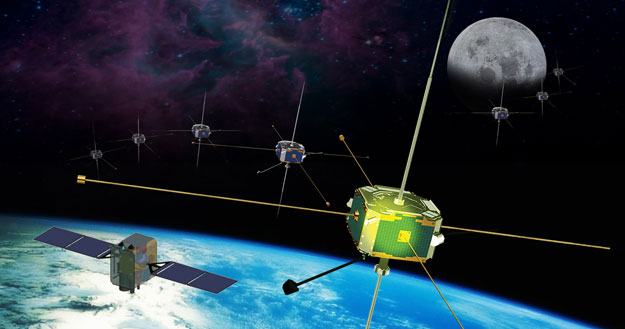Smallsats on the Rise

The following article is a free sample from the current issue of Space Quarterly Magazine. It is our hope that if you enjoy this article you will consider subscribing to the magazine.
By Jeff Foust
Once upon a time, every satellite was a small satellite. At the dawn of the Space Age, the limitations of the rockets then available put a severe constraint on the mass of satellites: Sputnik 1 weighed in at 83 kilograms and Explorer 1, America’s first satellite, was just 14 kilograms. As rockets became more powerful, though, satellites got bigger, as the government and commercial users of those satellites sought to increase their capabilities. Today, for example, a commercial communications satellite can weight over six tons.
Bigger, though, is not always better. A larger satellite can, for example, carry better cameras for observing the Earth or more powerful transmitters for relaying communications to users on the ground. However, that larger satellite can be more complex to develop, cost more, and take longer to build, with no guarantee that it will work as intended once in space. A modern-day communications satellite can take three years to build at cost of up to several hundred million dollars, limiting its customer base to a handful of large companies and government agencies.








